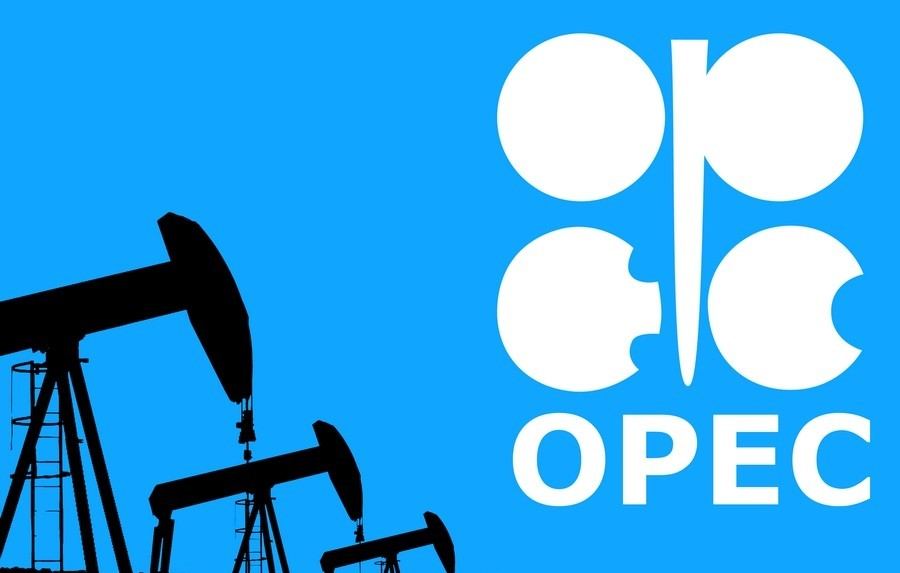BAKU, Azerbaijan, June 15. Despite OPEC+ output rising m/m by more than 0.7 mb/d in June, underproduction outside Russia and OPEC Middle East reached 1.6 mb/d, Trend reports with reference to Oxford Institute of Energy Studies (OIES).
“This has prompted us to lower our OPEC+ outlook and we now expect OPEC+ underproduction in August, excluding Russia, to reach 1.8 mb/d from 1.62 mb/d previously, led mainly by OPEC Africa producers that account for 1.2 mb/d. Outside OPEC+, non-OPEC crude growth is seen accelerating y/y in H2, driven mainly by the US (+1 mb/d), Canada (+0.3 mb/d) and Brazil (+0.24 mb/d), but the outlook for the year remains largely unchanged,” reads the latest report released by OIES.
Global oil supply growth is upgraded to 5.3 mb/d in 2022 from 4.9 mb/d forecast previously and remains unchanged to 0.4 mb/d in 2023.
“Despite the limited Russian supply disruption so far, global oil supplies are little improved as underproduction from OPEC+ producers deepens, non-OPEC growth remains constrained and geopolitical disruptions elsewhere (i.e., Libya, Nigeria, FSU) are on the rise as the prospects of sanctions lifted from either Iran or Venezuela continue to fade away. Near-term supply pressures ease as SPR releases are providing some relief, but beyond the near-term, global supplies remain vulnerable on the elevated geopolitical risks, the end of SPR release in October, and OPEC+ output returning fewer barrels as most producers hit their maximum capacity,” say the Institute analysts.
OIES forecasts a 0.7 mb/d surplus in 2022 and a -0.5 mb/d deficit in 2023.
“The expected surplus in 2022 is upgraded by 340,000 b/d driven mainly by the revisions in Russian output, but in 2023 the market deficit remains largely unchanged. The outlook is surrounded by elevated uncertainty amid the realization of Russian disruptions, policy measures (for instance regarding the SPR release beyond October or the imposition of price cap on Russian crude), as well as the global demand responses to oil prices and slower economic growth and China’s rebound after the lifting of COVID lockdowns. The replenishment of OECD stocks though is still seen slow-moving throughout, providing strong support to prices well into 2023.”
---
Follow the author on Twitter: @Lyaman_Zeyn







